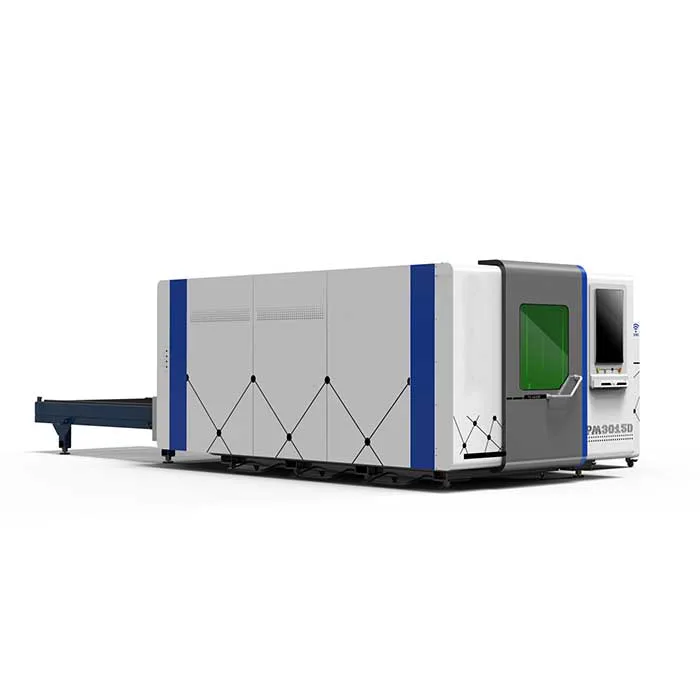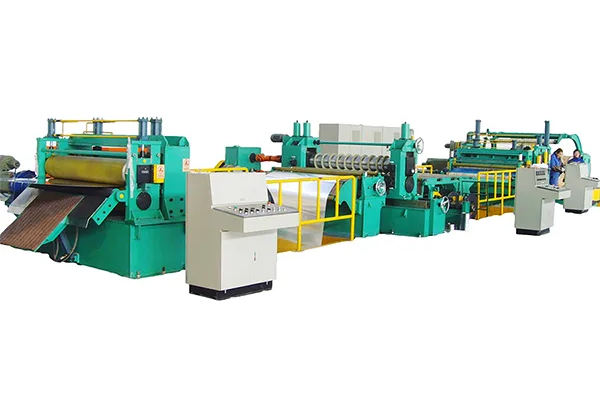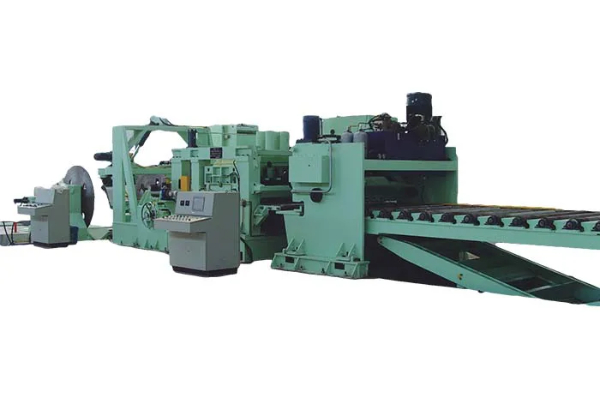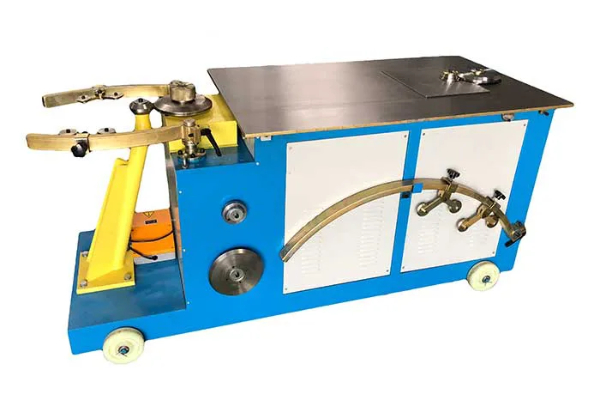
Sheet Metal Press Brakes for Different Types of Metals and Alloys
- By:Metmac
- 2024-08-06
- 152
Sheet metal press brakes are essential tools in the fabrication industry, used to bend and shape sheet metal into various forms. With advancements in technology, manufacturers have developed specialized press brakes designed to handle different types of metals and alloys, each with unique properties that require specific forming techniques. This article explores the diverse range of press brakes available and their suitability for various materials.
Mild Steel Press Brakes
Mild steel is the most common type of metal used in sheet metal fabrication. Mild steel press brakes feature high tonnage capacities and are designed to withstand the forces required to bend mild steel. They often incorporate hydraulic or pneumatic actuators for precise control and consistent bending results.
Stainless Steel Press Brakes
Stainless steel is known for its corrosion resistance and high tensile strength. Stainless steel press brakes are equipped with special tooling and features that prevent scratching and minimize the risk of material damage. They utilize techniques such as air bending and bottom bending to achieve precise, aesthetic bends.
Aluminum Press Brakes
Aluminum is a lightweight and malleable metal, making it easy to form. Aluminum press brakes are typically designed with lower tonnage capacities than those used for mild steel. They feature precision controls and special tooling to prevent surface imperfections and maintain the material’s integrity during bending.
Titanium Press Brakes
Titanium is a strong and lightweight metal, but it can be challenging to form due to its high strength. Titanium press brakes are equipped with special alloy tooling and advanced bending techniques to overcome the material’s resistance and achieve desired shapes.
Alloy Press Brakes
Alloys are combinations of metals that possess unique properties tailored to specific applications. Alloy press brakes are designed to handle the varying characteristics of different alloys, such as brass, bronze, and copper. They incorporate specialized tooling and bending parameters to ensure optimal results and prevent material damage.
Specialized Press Brakes
In addition to these standard categories, specialized press brakes are available for niche applications. These include:
– Servo Press Brakes: Utilize advanced control systems for precise bending and repeatability, ideal for intricate parts with tight tolerances.
– Tandem Press Brakes: Combine multiple press brakes in a single machine, allowing for continuous bending operations and increased efficiency.
– Hybrid Press Brakes: Integrate hydraulic and electric elements to offer a balance of power, precision, and energy efficiency.
– Laser Press Brakes: Perform precise bending using a laser beam, minimizing material damage and enabling complex geometries.
Conclusion
The versatility of sheet metal press brakes is demonstrated by their ability to handle different types of metals and alloys. Each material has unique properties that require specific forming techniques and tooling. By selecting the appropriate press brake for the job, manufacturers can achieve optimal bending results, ensuring the quality, precision, and durability of their sheet metal products.
-
Sheet Metal Press Brake: The Pillar of Precision Bending with METMAC
2025/11/18 -
Metal Sheet Punching Machine: Unleashing Efficiency and Versatility with METMAC
2025/11/18 -
Metal Folding Machine: The Art of Precision Bending with METMAC
2025/11/18 -
Steel Laser Cutter Machine: The METMAC Standard for Unmatched Precision and Durability
2025/11/18
-
Advanced Sheet Metal Rolling, Laser Cutting, and Folding Machines for Precision Fabrication
2025/10/31 -
High-Performance Sheet Metal Bending and Cutting Machines for Modern Fabrication
2025/10/31 -
High-Quality Sheet Metal Equipment for Sale: Efficient Solutions for Modern Manufacturing
2025/10/31 -
High-Performance Sheet Metal Equipment for Sale: Forming and Shearing Solutions for Modern Fabrication
2025/10/22
-
Latest Technological Advancements in Rectangular Duct Machines
2024/05/11 -
Integrating Automation with Rectangular Duct Machines for Enhanced Productivity
2024/05/11 -
Metal Shear Machines- Essential Tools for Precision Metal Cutting
2024/05/11 -
Understanding the Role and Function of Steel Strip Slitting Machines
2024/05/11
-
A Guide to the Latest Innovations in Sheet Metal Folding Machines
2024/11/29 -
Key Features to Consider When Investing in a Sheet Metal Folding Machine
2024/11/28 -
Enhancing Precision with Advanced Sheet Metal Folding Machines
2024/11/27 -
How to Choose the Right Sheet Metal Folding Machine for Your Workshop
2024/11/26







